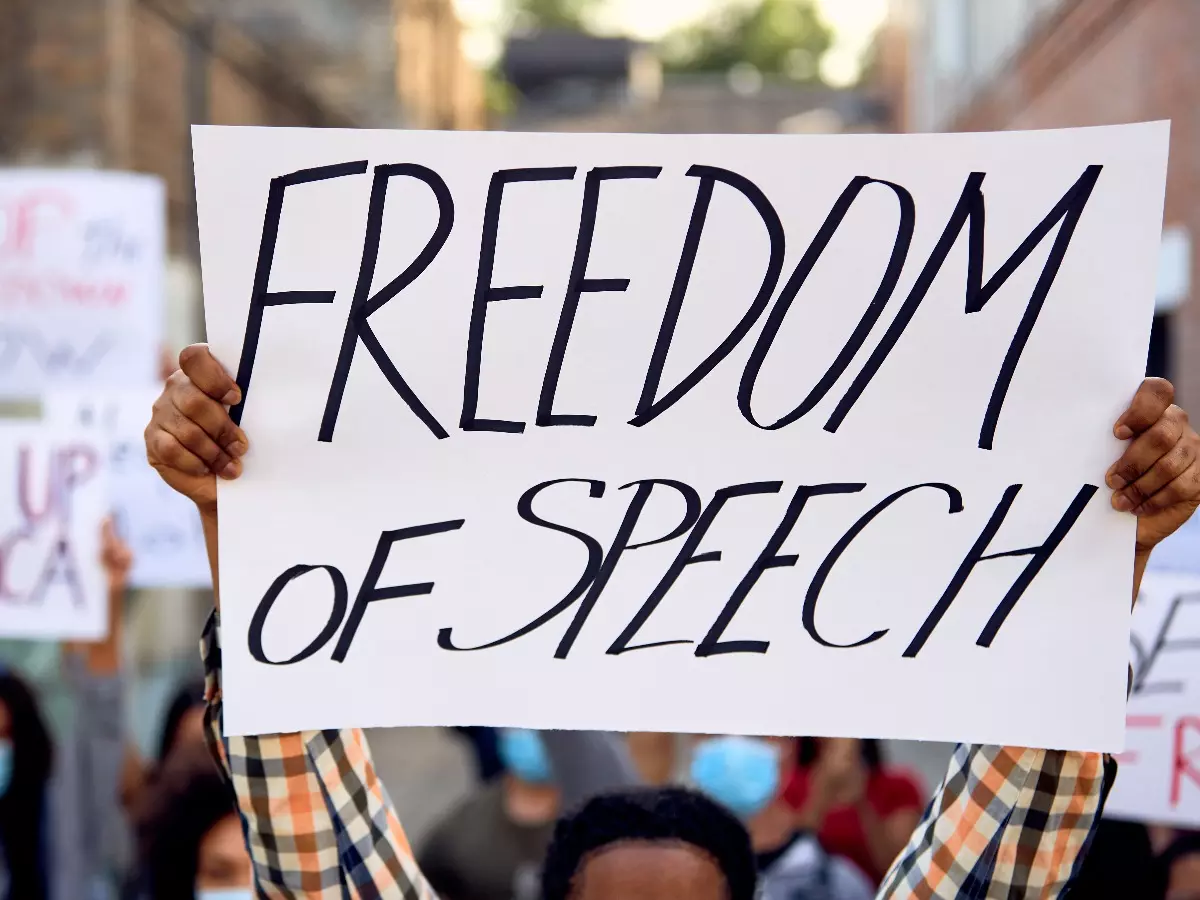Free Speech Vs Obscenity
Ranveer Allahbadia Controversy : His comments on India’s Got Talent have sparked discussions on India’s obscenity laws.
What is Obscenity?
- Under Indian law, content is considered obscene if it is “lascivious” or “appeals to prurient interest.”
Legal Provisions & Punishment
- Bharatiya Nyaya Sanhita (BNS) Section 294 says that, selling, importing, or displaying obscene content can result in up to 2 years in jail and a ₹5,000 fine for first-time offenders.
- IT Act Section 67 says that publishing or transmitting obscene content online can lead to up to 3 years in jail and a ₹5 lakh fine for first-time offenders.
Legal Precedents
- The Hicklin Test (which judged obscenity based on the most impressionable audience) has been replaced by the Community Standards Test (evaluating content as a whole).
- Aveek Sarkar vs. State of West Bengal (2014) said that courts must judge content in context, not in isolation.
- Section 66A of IT Act & Shreya Singhal Case (2015) – Landmark
Judgment
- Two women were arrested for criticizing the Mumbai bandh after Bal Thackeray’s death.
- The Supreme Court struck down Section 66A of IT Act for being vague and unconstitutional.
- Courts emphasized that only reasonable restrictions can be imposed on free speech.
- College Romance Case (2024) – The Supreme Court ruled that profanity alone does not equal obscenity; content must actively arouse sexual thoughts to be deemed obscene.
Practice Question for Mains
- Q. “Freedom of speech is not an absolute right. It comes with a duty to use it responsibly.” Discuss this statement in the context of digital content creation and social media ethics. (250 words)













